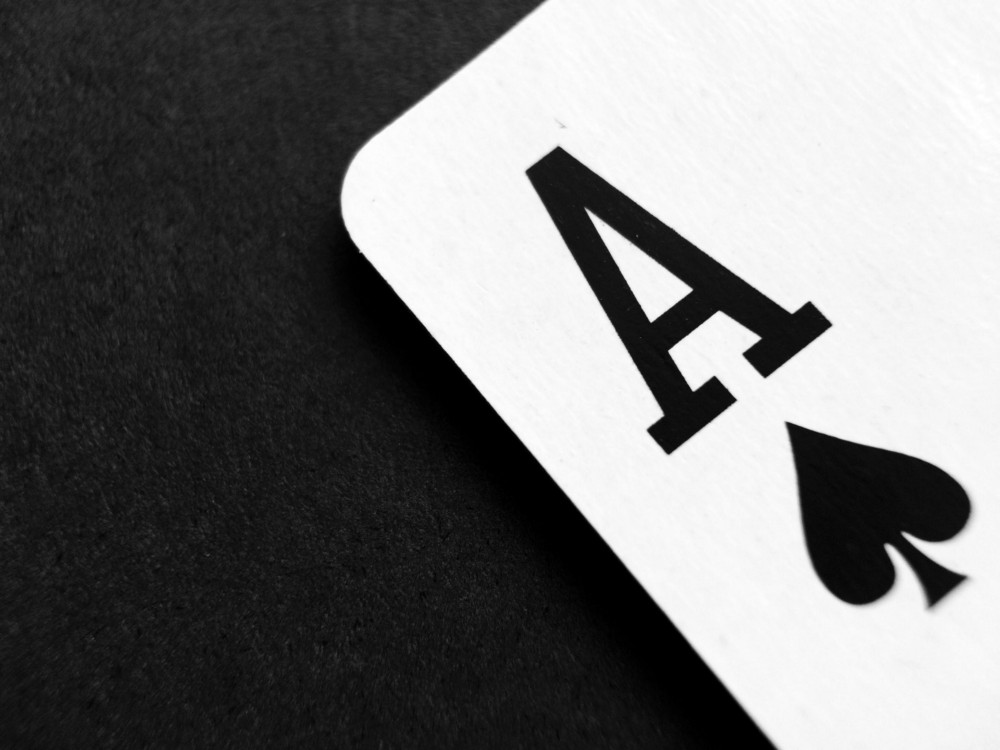
In the previous article on poker basics we discussed a simple but very important concept - pot odds. This time we will discuss the continuation of the concept - implied odds. Pot odds The calculation allows the player to easily calculate the theoretical profitability of some decisions. We have observed that blind mathematical calculations of the probabilities given will very often lead us to have no reason to respond to an opponent's bet (i.e. we are less likely to fulfill our flush and straight draw than the probabilities given to us). In response to the bet which gives 25% pot odds with a 18% chance of closing your draw an -EV decision is made.
Typically, this would mean that many of your draw we should run most of the bets. If you watch good poker players play, you will see that they often call both half-bet and percentage bets when they have flush or straight draw. Such decisions are made possible by the close relationship with pot odds the concept - implied odds.
Implied odds available at pot odds a continuation of the concept of an additional amount of chips that a player will earn if his draw will close. For example:
Hero:
Villain:
Pot: 4 BB
Flop:
Villain bet: 2 BB
Hero: Call
Turn:
In this situation, the opponent is likely to continue betting after the turn card is dealt, or to respond to a small bet after the turn card is dealt river Cards. Of course, if the opponent is bluffing, he can often continue with bluffs on turn and river.
Implied odds, although slightly more abstract than pot oddsallows you to sometimes respond to certain bets knowing that if the available draw we outbid our opponent and he calls (or continues) our bet.
So, sometimes we make -EV decisions (i.e. theoretically lose money) when responding to bets with only a draw. Implied odds says that by sometimes making -EV decisions, we can recover much more EVs down the street if we fulfil our draw.
In reply to bets flop we may have an additional reason for this action - the opponent's turn checking. If we call a half-bank bet flop, but the opponent checks turn, in which case we get two cards of our own draw for the price of one bet. Of course, we can never know in advance whether an opponent will miss a bet or not, but by observing the player's tendencies, frequency/rarity of bluffing, we can sometimes add turn the likelihood of a check for additional reasons.
NOTE! Implied odds used for good draw, often applies only to single card draws and small/medium sized bets. This poker concept does not need to be overused, as the larger the bet, the more we respond with draw (i.e. the bigger the -EV decision we make), the more chips we need to get back when it comes true. The opponent may simply not respond to such large raise or bets that would turn a former -EV solution into a +EV one.





